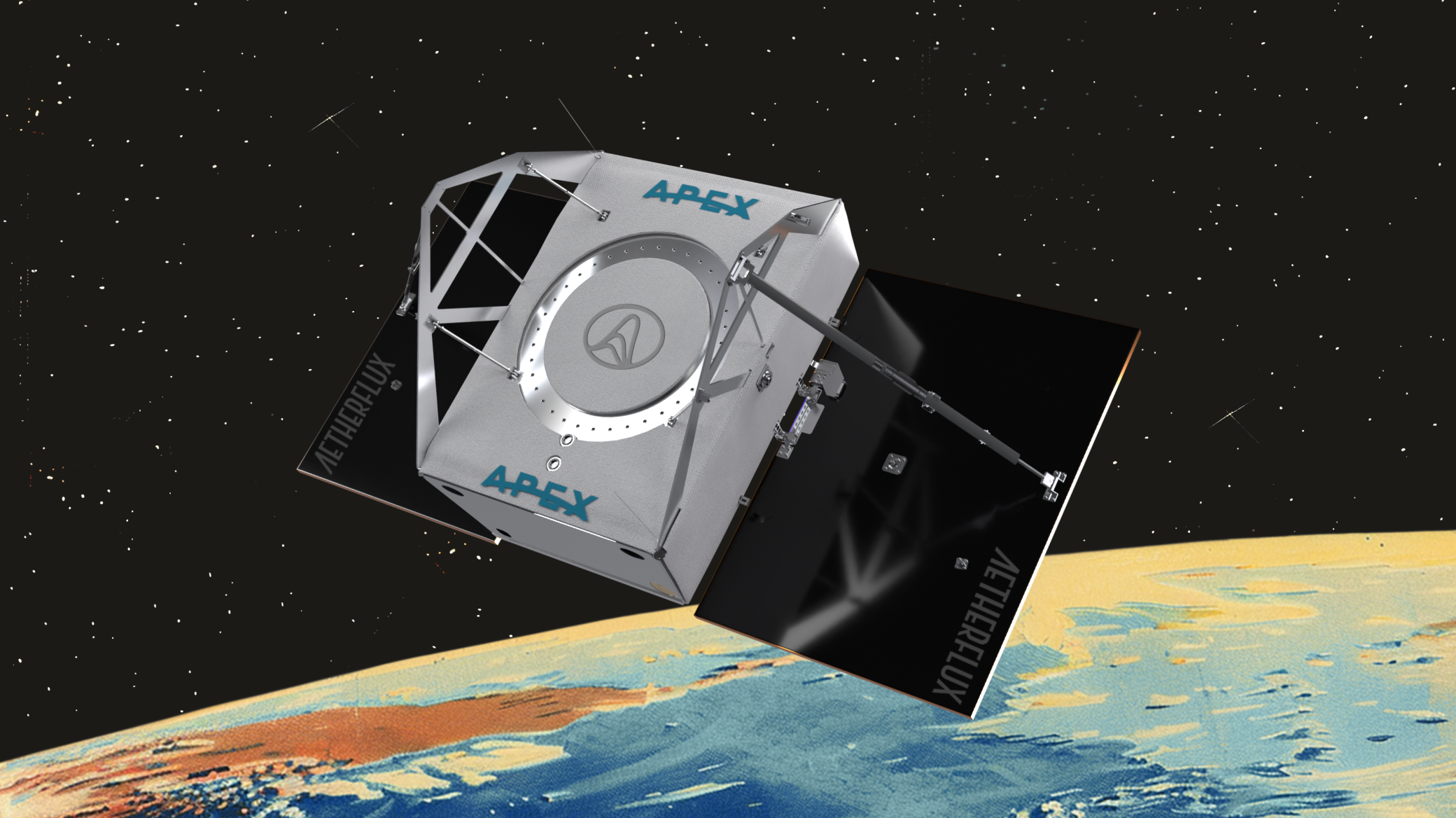- cross-posted to:
- [email protected]
- cross-posted to:
- [email protected]
In the long term, there’s the potential to provide a base load of power to augment the intermittent availability of terrestrial wind and solar energy—a key need if the world is to de-carbonize its electricity generation.
But that’s probably putting the cart before the horse. One of the biggest challenges of space-based solar power is that it has always been theoretical. It should work. But will it work? Trying out a low-cost demonstrator mission in the next couple of years is a fine way of finally putting that question to rest.
I thought all solar power came from space? (Okay, I’ll show myself out)
Haha, well their plan here is to collect the solar power in space and then beam it down to Earth so it can be… uh, collected again.
It’s gonna be interesting to see how hardware that’s meant to run a lot of power through it will survive over time in the harsh radiation conditions of space over a prolonged mission, even if it were in LEO. A lot of these components would have to run at lower than intended voltages to provide operational margins of stacking single event effects, which is a huge problem for something that’s supposed to act as a kind of power plant. Mitigating failures with redundant components would also not be very effective if they’re effectively the same design as they’d be susceptible to the same failure modes as the parts they’re supposed to substitute during the mission.
Good luck to them either way. We need creative ways to get a constant source of renewable energy to get us off fossil fuels.
Cheap upmass should make it easier to add more radiation shielding and redundancy without as much of a cost hit.
deleted by creator
Aim the space laser at a tank of water, we harness the steam as it boils.
deleted by creator
Ah yes, the tried and true teakettle method. Need to get energy from coal? Build a coal-powered teakettle. Oil? Teakettle. Gas? Teakettle. Uranium? Big nuclear teakettle. Locomotive? Teakettle on wheels. If a technological problem can be solved with a teakettle, humans have probably done it.
It’s a good idea, but what happens if one of these high energy LASERs misses the collector?
Nothing. This question came up when microwave meaning technology was conceived. You use a laser from the ground to align the transmitter to the receiver. The target sensor is aligned and shielded such that it can only receive a signal from a single, narrow direction. If the transmission beam deviates out of alignment even a fraction of a degree then the satellite kills the transmission. You can use multiple redundant systems to work along with it, and have both a software and hardware cutoff to stop the transmission beam bring frying anything off-target.
meaning technology
Beaming technology?
I, too, played SimCity 2k.
They’re microwaves spread out over several hundred meters squared, so… likely nothing
If you’re lucky, you get free energy!
Where else would solar power come from?
deleted by creator
It does, but it’s negligible on the scale that’s currently realistic to build
I’m still skeptical, but I’m glad that some folks are going to try.






